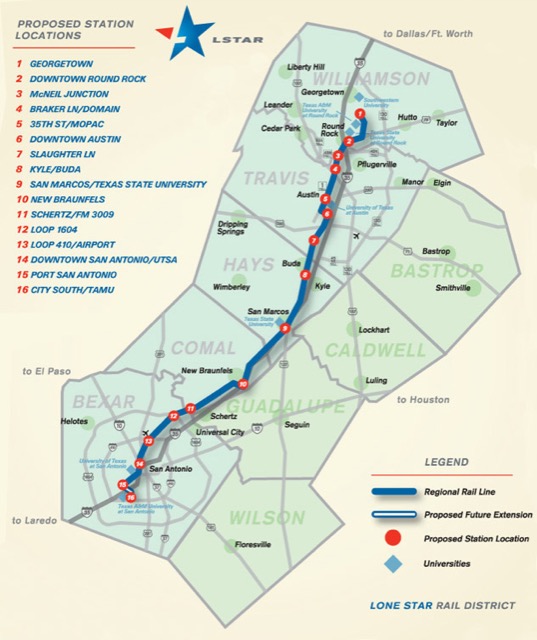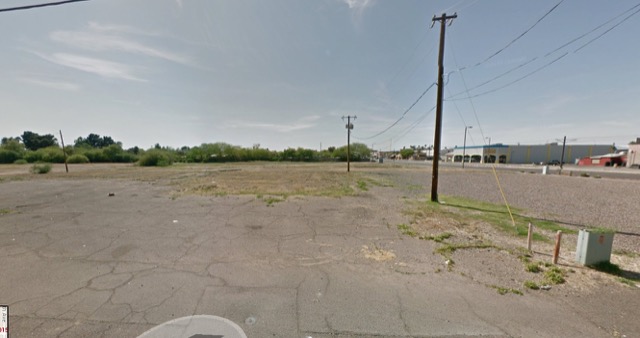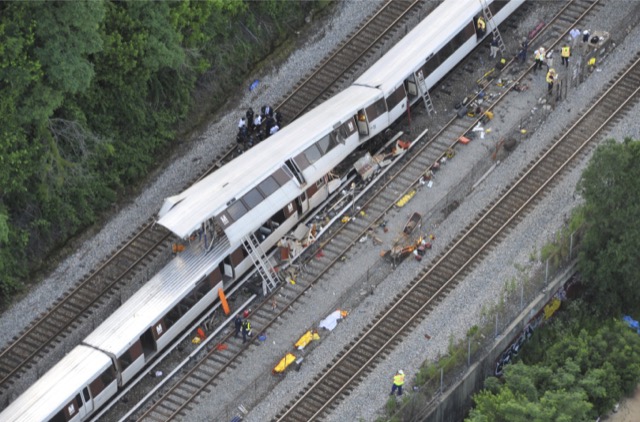The Los Angeles Times has a special report finding that the California high-speed rail project will cost far more and take far longer than the rail authority is promising. The official cost estimate remains $68 billion for an abbreviated system despite the fact that a 2013 Parsons Brinckerhoff report to the authority said there was no way the project could be done for that price.
P-B’s report was “never made public” and the rail authority refused to release it under the state public records act. However, “an engineer close to the project” slipped a copy of the report to the Times.
The rail authority has established a record for ignoring such reports. In 2012, another consultant told the authority that costs should be revised upwards by 15 percent. The authority simply fired the consultant.










